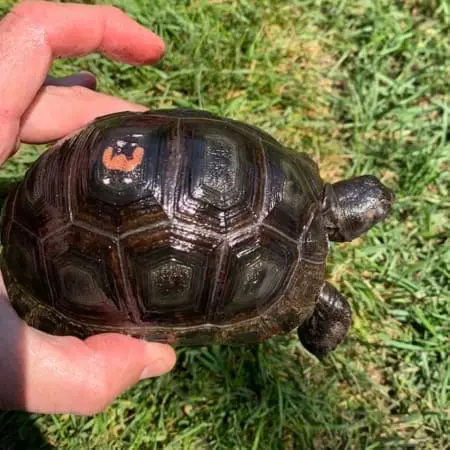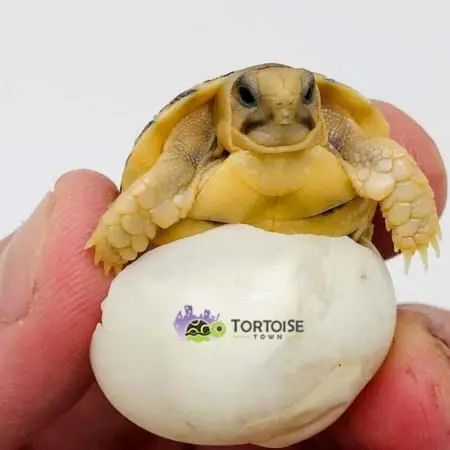Leopard Tortoise Enclosure Setup: Indoor & Outdoor Habitat Guide
Setting up the correct leopard tortoise enclosure is one of the most important steps in ensuring long-term health, smooth growth and a stress-free lifestyle for your tortoise. Whether you are building an indoor tortoise table or a secure outdoor pen, proper planning ensures your leopard tortoise thrives from the moment it arrives. This guide covers indoor and outdoor enclosure size, heating, lighting, humidity, substrate, fencing and long-term layout strategies for this beautiful African species.
best place to buy a tortoise because they focus on captive-bred leopard tortoise babies raised on proper diets, correct UVB and strong hydration routines that set them up for lifelong success.
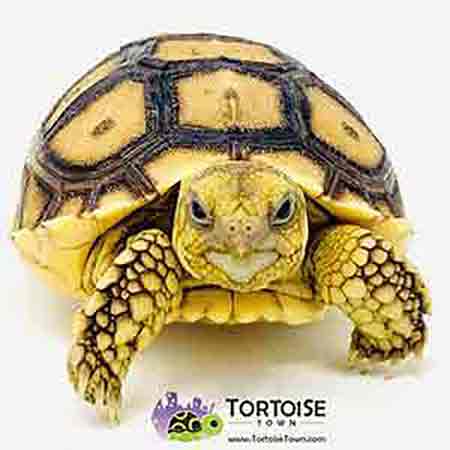
Understanding the Natural Habitat of Leopard Tortoises
Leopard tortoises come from warm African grasslands and savannas — large, open areas with tall grasses, dry soil, scattered shrubs and plenty of sunlight. Their natural environment helps shape the kind of habitat you need to recreate at home. These tortoises do not come from forests, jungles or wetlands; instead, they are adapted to dry climates with strong daytime heat and cooler nighttime temperatures.
By designing your enclosure with this natural habitat in mind, you ensure proper digestion, shell development, hydration patterns and behavioral comfort. Tortoises thrive when their environment “feels right,” and small mistakes in husbandry — such as too much humidity combined with low temperatures — can cause long-term issues.
Indoor Leopard Tortoise Housing
For most keepers, especially those in cooler climates, the journey begins indoors. Leopard tortoise hatchlings and juveniles grow best in large tortoise tables or modified stock tanks that offer plenty of room and good airflow while preventing accidents and escape.
- Minimum size for juveniles: 4 ft x 2 ft (larger strongly recommended)
- Basking temperature: 95–100°F
- Cool side temperature: mid-70s to low-80s°F
- Night temperatures: safe but not cold; maintain species-appropriate lows
- Lighting: High-output UVB is non-negotiable
- Substrate: Dry-biased mixes such as fine bark, soil blends or tortoise-safe substrates

One common mistake is using enclosures that are too small. Leopard tortoises are active grazers and benefit from exploring different temperatures and textures. A cramped container restricts natural behavior and leads to stress, inactivity and poor muscle development.
Outdoor Leopard Tortoise Pens
If your climate allows, outdoor enclosures are often the best long-term solution. The sun provides unbeatable UVB, and the open space allows the tortoise to move naturally, graze freely and regulate its own temperature.
Outdoor pens should include:
- Solid fencing: Walls the tortoise cannot see through (wood is ideal)
- Bury barriers: At least 6–12 inches deep to prevent digging escape
- Predator protection: Dogs, raccoons and other wildlife must be unable to access the pen
- Shade structures: Shrubs, hides, half-logs and natural shady areas
- Grazing patches: Bermuda grass, clover, dandelion and edible weeds
- Dry hides: Secure hiding spots for resting and overnight safety
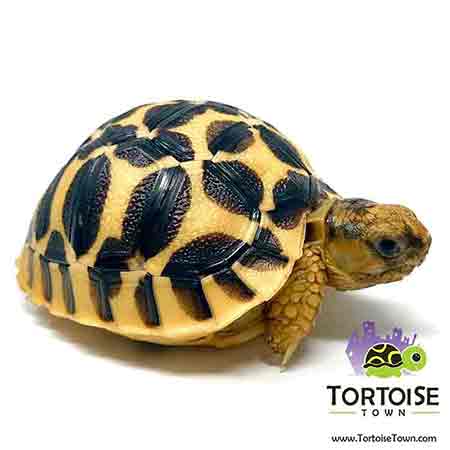
Outdoor enclosures allow for near-perfect natural behavior. Your tortoise will spend more time grazing, exploring and choosing its preferred microclimates, which leads to smoother shell growth and stronger immune health.
Humidity & Shell Development
Although leopard tortoises are often labeled as “dry climate species,” hatchlings actually need more humidity than adults to grow smooth shells. A very dry environment combined with high heat can cause pyramiding — a bumpy, uneven shell often seen in poorly raised tortoises.
For hatchlings and juveniles:
- Keep ambient humidity around 60–80%
- Use a “closed chamber” style indoor setup if possible
- Offer daily shallow warm soaks
- Maintain a hot basking spot at all times
As your tortoise matures, it can transition into drier setups without issue as long as its early growth phase was well-managed.
Substrate Choices
Good substrates encourage natural movement and reduce odor buildup. Leopard tortoises do not need swampy or damp substrates; they prefer dry-biased materials that stay clean and firm.
Common options include:
- Soil/bark blends
- Dry coconut husk blends
- Tortoise-safe commercial substrates
- Topsoil mixed with play sand (no fertilizers)
Avoid dusty substrates and anything that holds excessive moisture. Clean spills or wet patches promptly to prevent bacteria and mold growth.
Feeding Stations, Hydration & Behavior
Leopard tortoises benefit from wide, stable feeding tiles or trays that keep food clean and prevent substrate ingestion. Shallow clay dishes work well for water, and placing them on flat stones keeps them cleaner.
Tortoises should feel secure inside their enclosure. Even minor stress can affect appetite and activity. Hides, visual barriers, plants and terrain variation help create a comfortable, naturalistic habitat.
Preparing Before You Buy
Before purchasing your first tortoise, make sure your entire enclosure—indoor or outdoor—is fully set up, heated, lit and stable. This prevents rushed decisions and ensures a smooth transition for the new arrival.
When you are ready to bring one home, browse the current availability of leopard tortoise for sale at Tortoise Town. Starting with a healthy, well-started baby gives you the best chance for lifelong success.
Many new owners begin with a simple search for a tortoise for sale, and quickly learn that choosing where to buy tortoise is just as important as choosing the species itself.
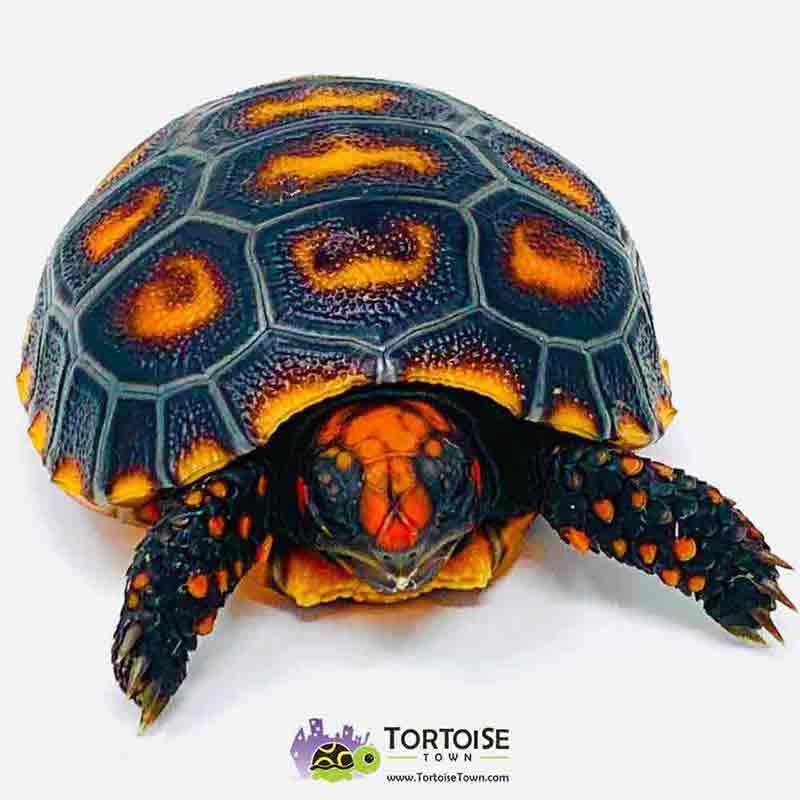
A well-designed enclosure will give your leopard tortoise the foundation it needs to grow smoothly, explore confidently and live an extremely long, healthy life.



